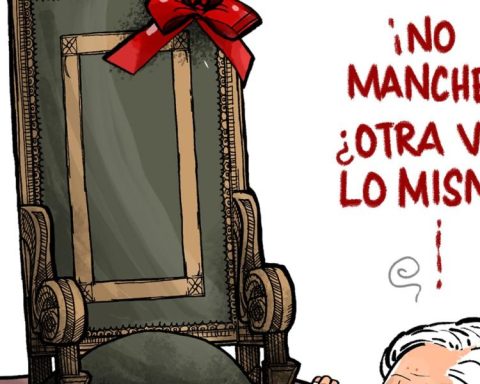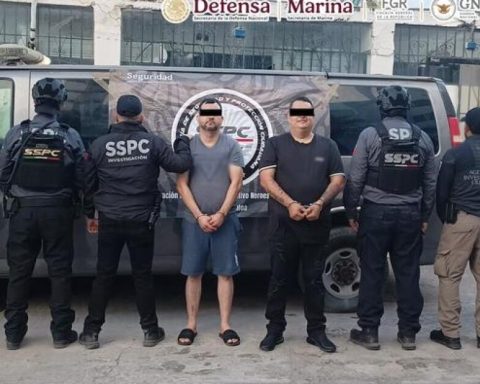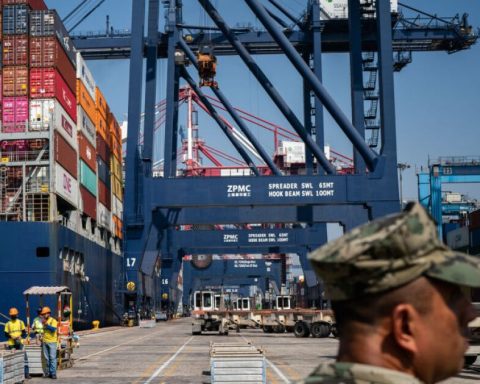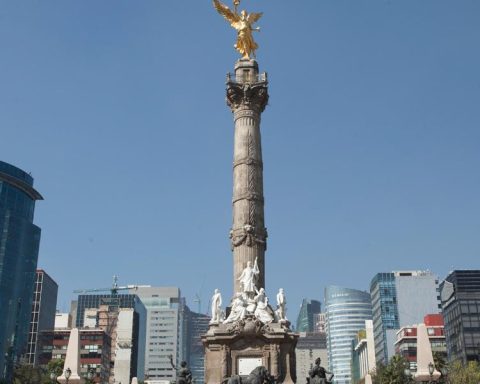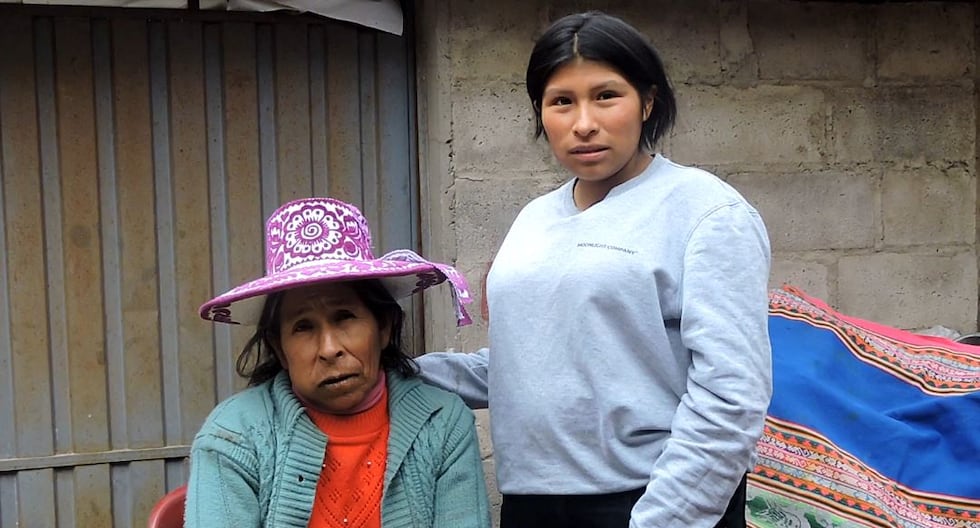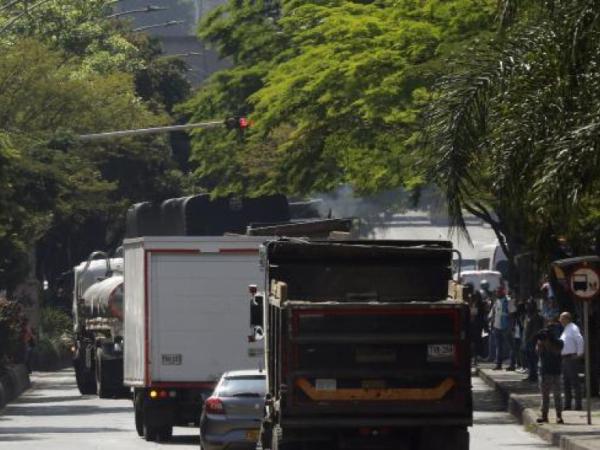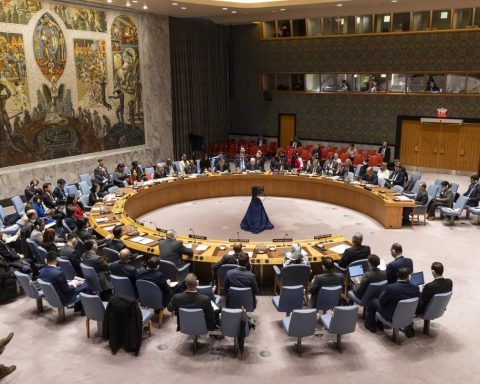TO
Although he was born in 1940 in A bazaar made of palm leaves in El Carrizo, in the municipality of Copala, Guerrero. With his long goatee, maestro José González Figueroa looks like a Mexican Ho Chi Minh. He sees himself as a mestizo. His maternal grandfather was Creole; his maternal grandmother was African and his two paternal grandparents were one hundred percent indigenous.
He has worked for as long as he can remember. At 84 years old, he does so. For a long time, together with his family, he lived off what nature gave him. His father, a wise man from the wild who learned from misfortune, was a cowboy on sailing ships, and he planted miserable crops, because sometimes it didn’t rain and sometimes it rained too much. His mother was a fisherman and midwife, which she was good at despite having no training. Both grew up without knowing how to read or write, in a region where violence was rampant, and the military and the justice system arrived after they had already collected the dead.
At the age of eight, Figueroa looked death in the eye. One of his sisters, younger than him, died of a sore throat. Far from any medical services, when they reached the doctor the girl had already died. Barely a year later, Marcial, his friend from fishing and work, fell ill and died. They didn’t even have clothes to take him to the cemetery. There was no money in the community to bury him.
The family had to migrate because their small garden caused discord. The Cruel Güero He wanted to kill José’s father in order to take him away from him. To top it off, what seemed to be the miracle of a good corn and sesame harvest vanished when a flood fell that inundated and destroyed everything. They then began an eventful exodus towards Acapulco.
José arrived at the port at the age of 13, completely illiterate. There was no school in El Carrizo. A week after arriving, a teacher who had been dislodged by the Cristeros fled. So, already in the Pearl of the Pacific, he entered evening primary school while working as a handyman: carrying baskets, looking after chickens, selling on the beach. He finished at 17. His father encouraged him not to leave the classroom. We will eat stones, but you will continue studying.
They lived in borrowed houses, taking care of land, in houses made of cement bags and cardboard. It was part of the movement organized by Alfredo López Cisneros, a reporter for the newspaper The Truth of Acapulcoknown as The Lopitos Kingin the formation of the Acapulco Tenant Union. “The poor –says Figueroa– lived crowded in different colonies, without the possibility of having decent housing.” On January 6, 1957 Lopitos and thousands of precarious workers They took the La Laja colony. “We arrived at 12 at night,” he recalls, “and by 6 in the morning we already had the little houses covered with blankets and branches.” For seven years the settlers prevented the police from entering the settlement. The families bought plots of land measuring eight by 17 metres at a good price.
In high school he joined the fight against Governor Caballero Aburto. At one of the rallies demanding the governor’s dismissal, a classmate of his was killed by three bullets fired by law enforcement.
He teacher Figueroa started working for the Milton hotel chain at the age of 21. He was the head dishwasher and busboy. He was on his way up. They gave him a uniform, 50 pesos a day, and food. He slept little. One day, the gringo manager asked him for a coffee. Tired, he forgot his spoon. Figueroa called him over and, mockingly, stuck his finger in the cup to complain about the lack of cutlery. Figueroa resigned.
With 40 pesos in his pocket, the future teacher traveled to Iguala and tried to be admitted to the Regional Center for Normal Education, despite being over the age limit and competing with 5,000 applicants for 500 places. He won the contest, received a scholarship of 250 pesos a week, and three years later graduated among the 50 best students. Thanks to normal education, he became what he is today.
As a teacher at El Molinito, in Naucalpan, he met the priest Rodolfo Escamilla, a key figure in liberation theology, who was murdered in 1971. Instead of receiving blessings from him, Escamilla introduced him to Marxism and the cause of proletarian emancipation. teacher He was politically persecuted and found refuge not in Moscow, Beijing or Havana, but in Caracas, Venezuela, the capital of Christian Democratic trade unionism on the continent.
He studied at the Normal Superior of Tlaxcala and made teaching in telesecundarias an alternative means of education. He founded schools in the outskirts of the metropolis. He was active in the National Independent Teachers’ Front and later in the National Commission of Telesecundaria Coordinating Teachers. There he began to organize himself in a closed way with other colleagues, such as Germán Aguilar, Noé Morales and Sócrates Pérez. His political vision changed and he began to win over the idea of building the Marxist-Leninist party. He joined Socialismo Obrero and Coprol. In 1979, he participated in the founding of the National Coordinator of Education Workers.
If anything characterizes González Figueroa, it is his unwavering enthusiasm. There is no adversity that can defeat the commoner child who saw his little sister and best friend die of poverty in his town, the squatter who sold merchandise to tourists in Acapulco, the proud waiter who did not let himself be humiliated by the American manager, the normalist who studied in precarious conditions to build classrooms and raise awareness. Every morning, this humble school principal teaches his students the reality of the country by reading The Day.
I have an addiction, Figueroa confesses: Social struggle, reading, the pleasure of educating. I always liked that.
For more than 60 years he has devoted himself body and soul to that loyalty. This September 26, his comrades, family and friends will pay tribute to him at Telesecundaria 190.
X: @lhan55
